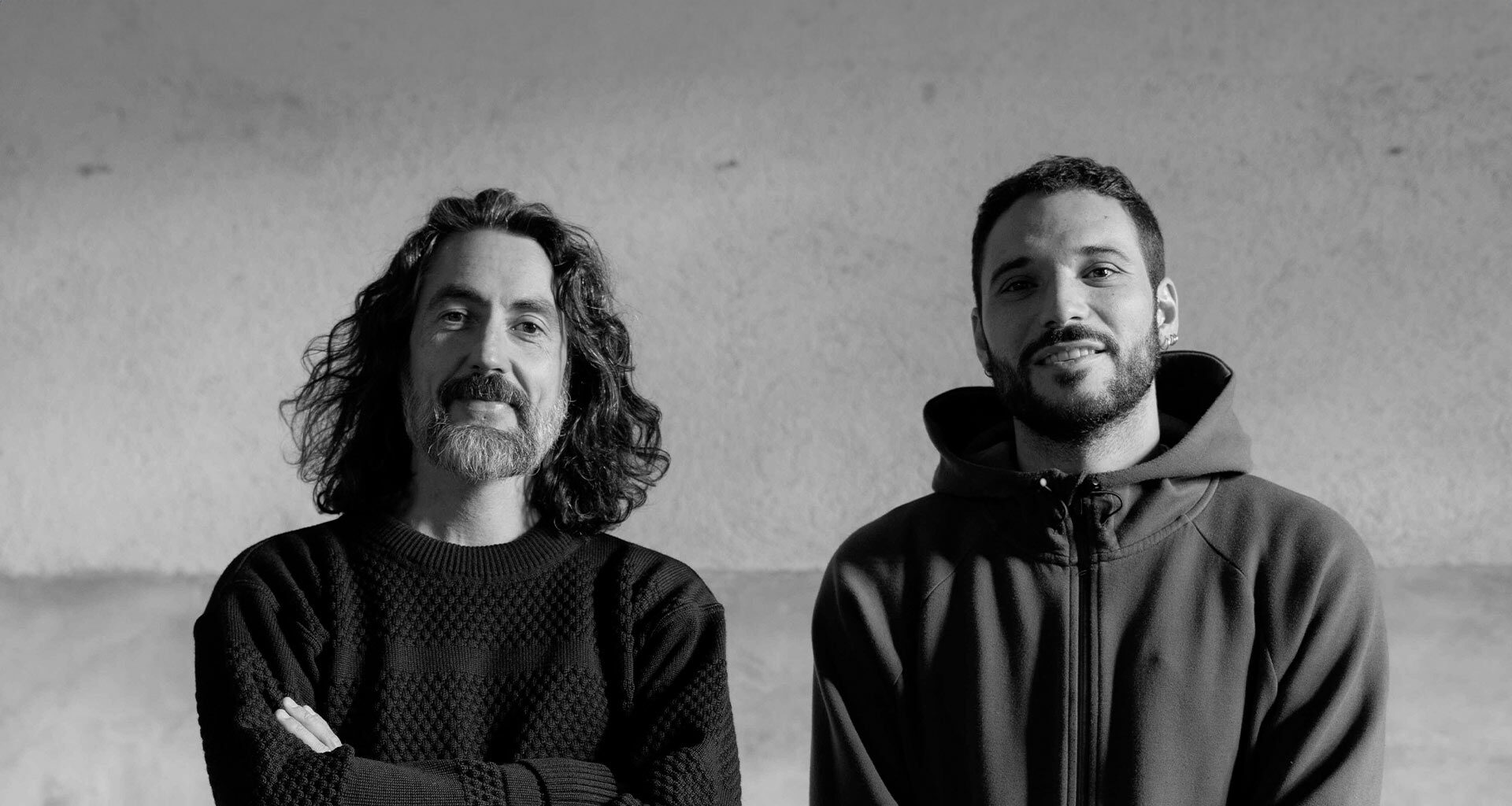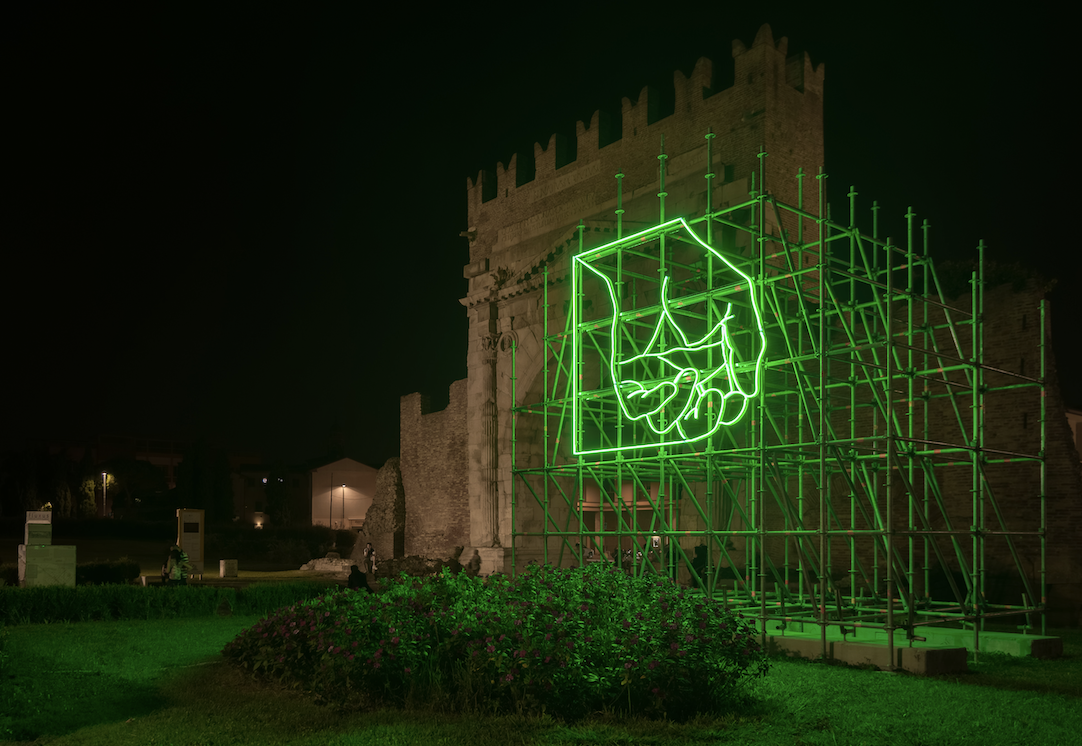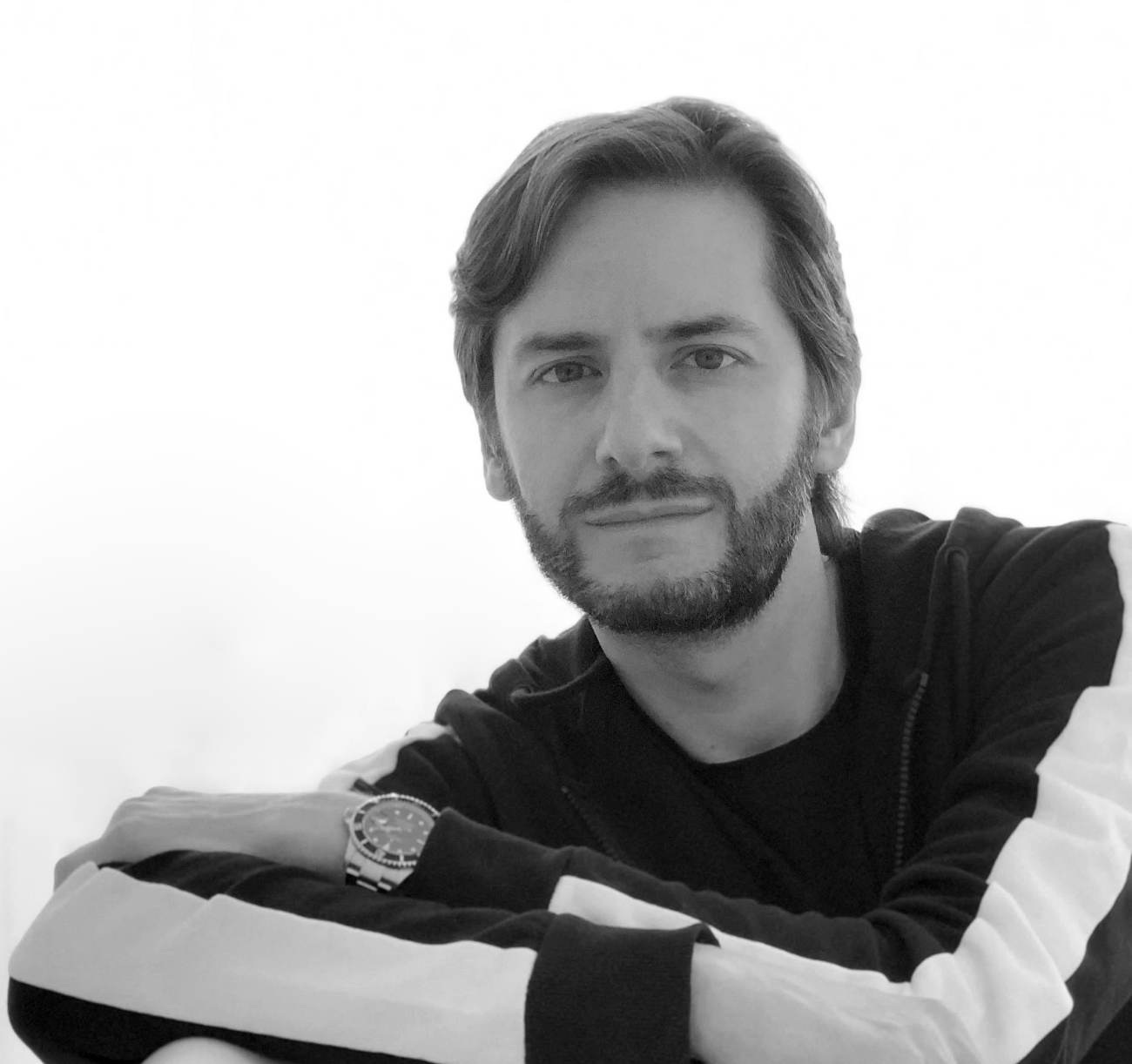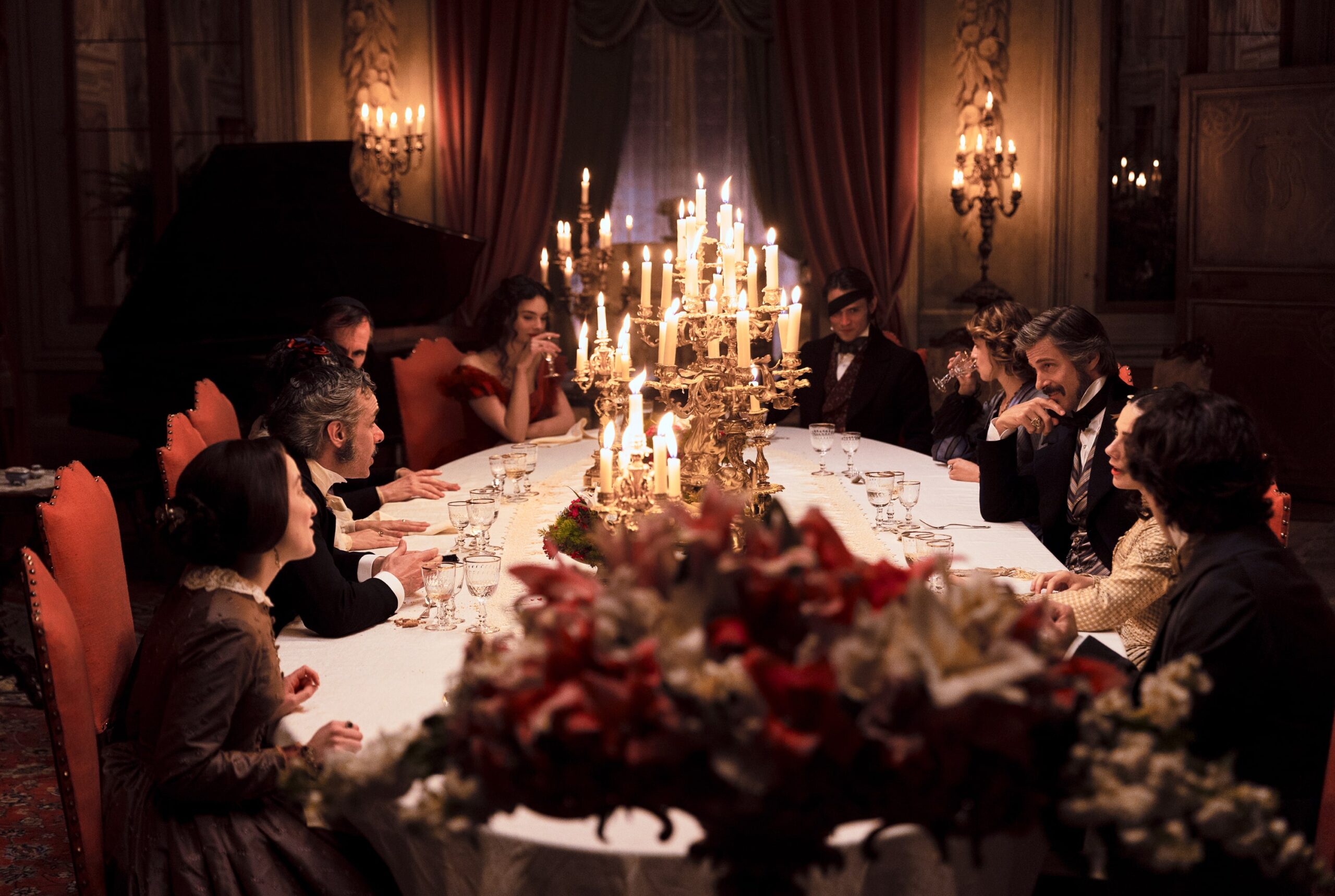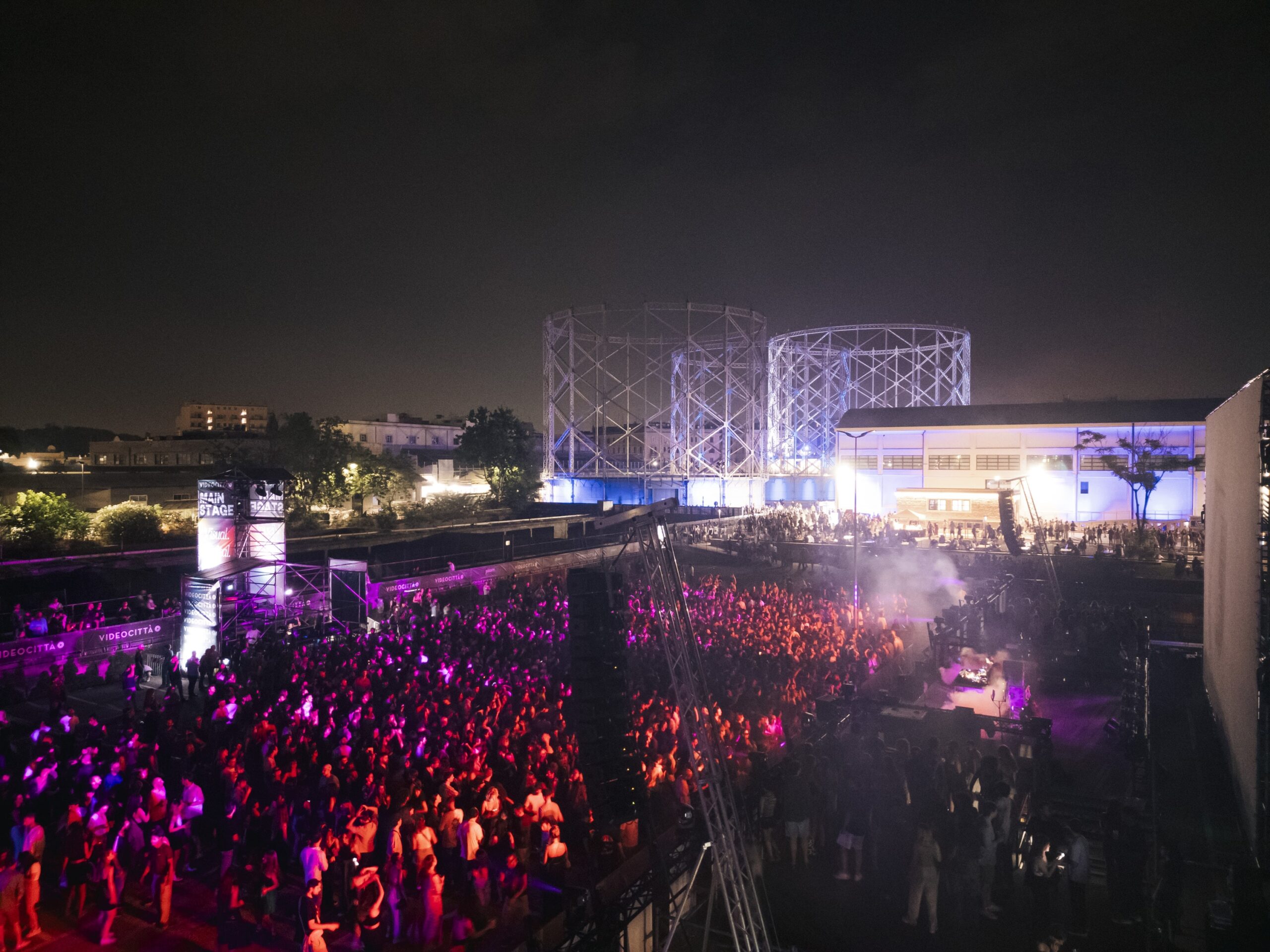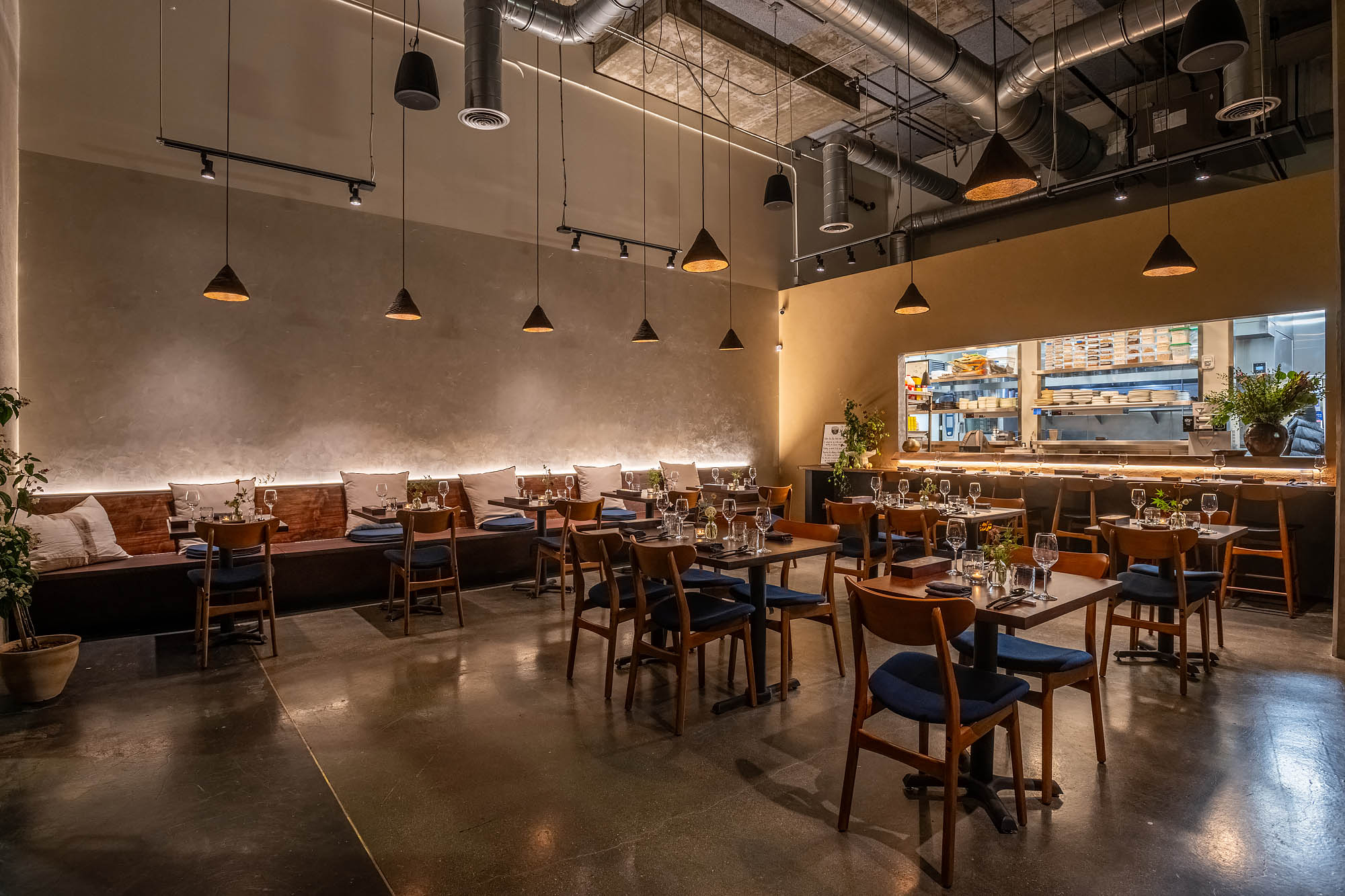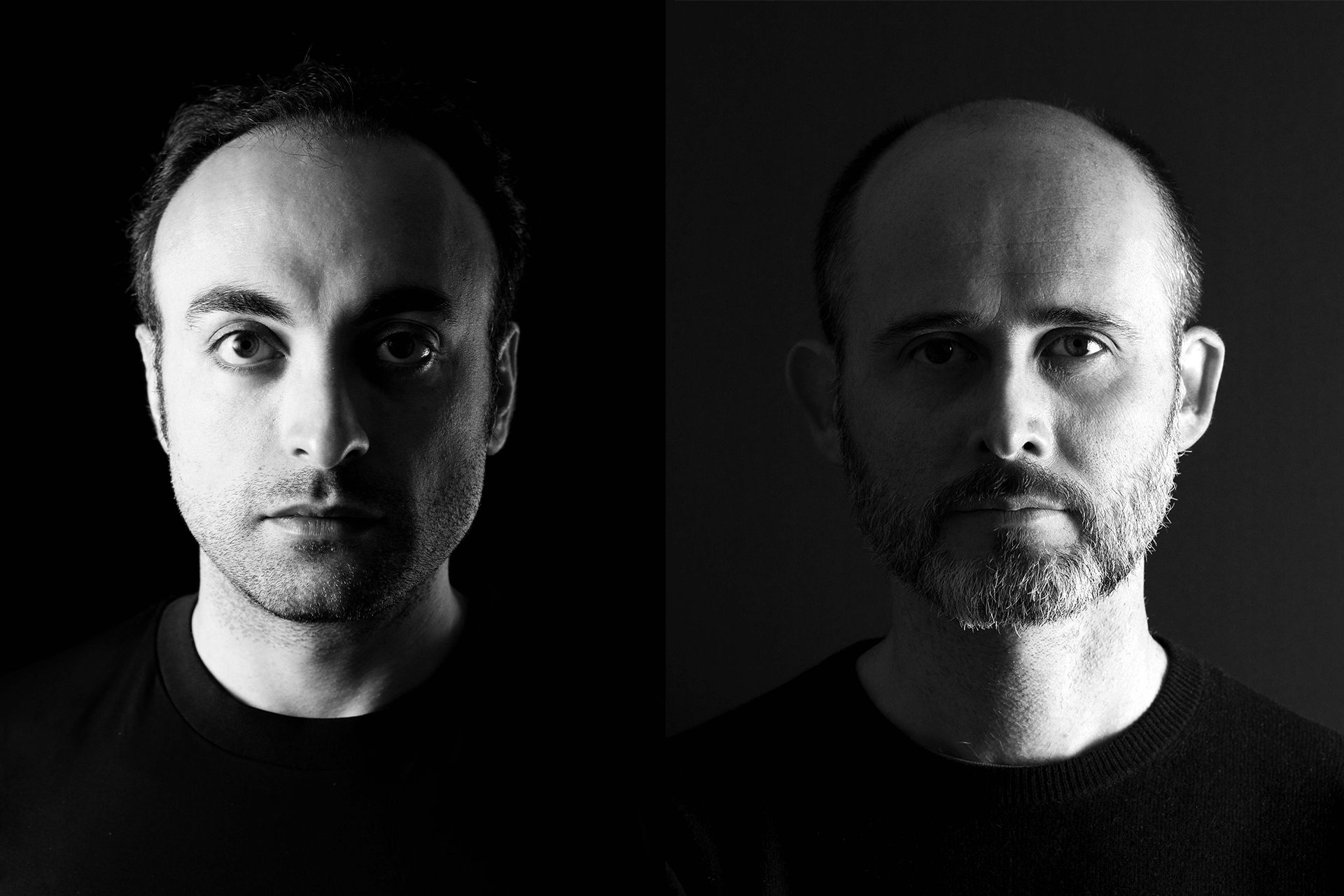Experience, great culture and constant updating are the basis of Marco Filibeck’s work, one of the most important Italian lighting designers. Best known for his pivotal role at the La Scala theater in Milan, which he joined in 1985, he has coordinated and designed lighting for productions all around the globe, also managing art and fashion events and photographic exhibitions.
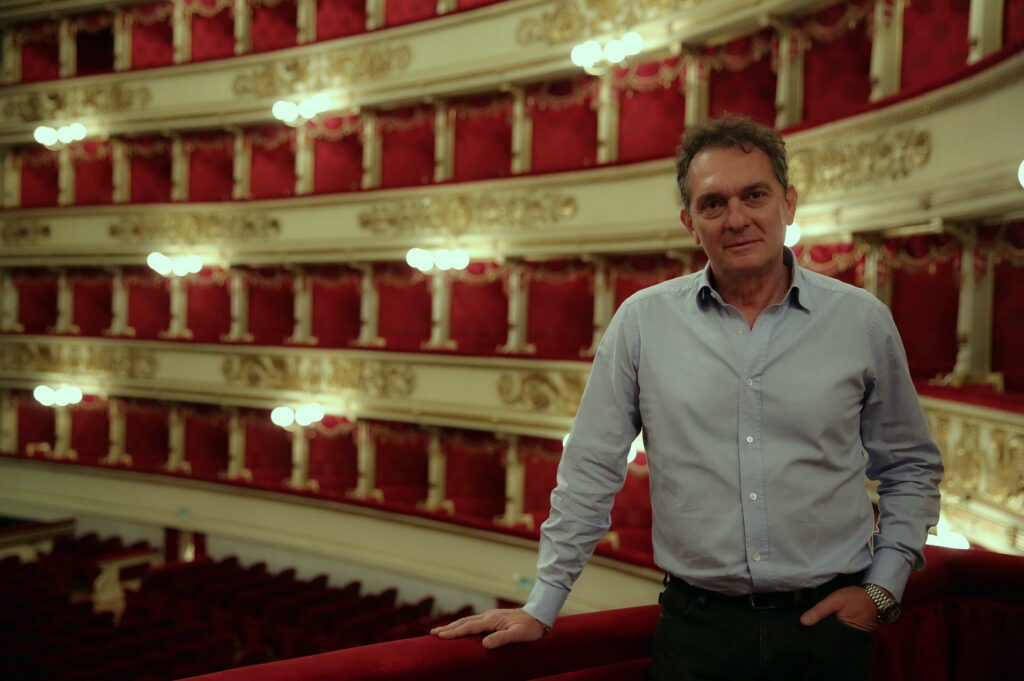
What is your work history and how did you approach the world of theater lighting?
«I started working with light for live music in the late 70s – early 80s. The whole field was just starting to be, in Italy I was a sort of pioneer; I found myself in the right place at the right time, I met Vasco Rossi at a very young age and with him I began approaching lighting. I seized the opportunity that presented itself randomly, as it so often happens, and at the end of that over years of experience, I had performed about 200 concerts for Vasco and other personalities of Italian music, such as Enzo Jannacci and Loredana Berté. However, musical tours were mainly summer events, and I needed to give continuity to my work. At that time I was living in Bologna and decided to follow a two-year course in the Emilia Romagna region for theater technicians; after graduating, I began working on short contracts at the Teatro Comunale in Bologna. Sometime later I participated in a selection for electricians at La Scala and I got hired. So I decided to move to Milan, entering the path that brought me to where I am today. It was a long journey, sometimes painful. I started from the bottom and gradually took on increasing responsibilities until I was appointed resident lighting designer of the theater. It’s been a really long journey, this collaboration with la Scala has now been going on for 38 years! Currently, I have chosen to interrupt the stable relationship with the institution; I continue collaborating on individual productions and I also work for important foreign theaters, such as the Sydney Opera House, the New National Theater in Tokyo, the Gran Liceu Theater in Barcelona».
How are the lights of a theatrical performance conceived – whether it’s an opera or a ballet – and what should one pay attention to?
«In the last three decades, light has become an important and increasingly central expressive tool in staging, because it allows you to support a directorial and dramaturgical story with its language, as well as emotional or aesthetic, it can become very conceptual. It hasn’t always been like this, when I started, around 1980, the technology wasn’t even comparable to the one available today, expectations were different and commensurate with the state of the art. Today, a lot is demanded of the light material and the figure of the lighting designer has been redefined because he must use technologies that are constantly being updated. The work has become both much more and much more complex».
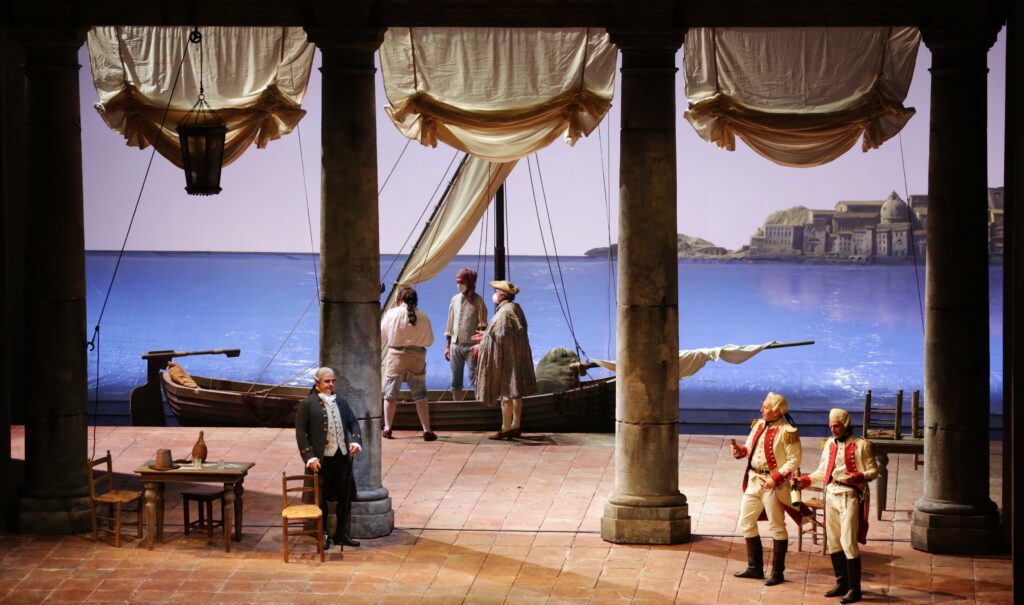
How much expressive freedom are you usually allowed?
«It depends a lot on the director, on his personality, on his approach to work. Some directors leave the lighting designers ample freedom, others want to be supported, but generally it is always a collaboration that is articulated through visual proposals and continuous checks. The lights of an opera, for example, must cover a path along several acts – two, three, sometimes four – in which settings, sets and often the tempo of the action can abruptly change. Quite often, working on different acts is like working on different shows. The language tries to be univocal, but there are always big differences from one moment to another».
How much space is there for experimentation in the theater?
«As a place of representation, theater is the natural space for experimentation. The very concept of “rehearsal” – direction rehearsal, costume direction rehearsal, ensemble rehearsal, light rehearsal – implies that the stage lends itself to seeking new solutions and innovations from the point of view of language. Theater has always been the main seat of the avant-garde. Let’s take for example the very high definition ledwall, which was used as a background for “…A riveder le stelle” in 2020, directed by Davide Livermore; in that context, it was a matter of searching for new languages to put music in communication with visual art. However, there are two aspects to consider when doing research: the budget – technologies have high costs, not only for the material but also for the specialized personnel who have to manage them professionally, and the increasingly compressed timing of productions».
Do 3D visualization softwares and systems help you?
«They are a possibility, we don’t use them at the La Scala theater, but I happened to exploit them in other contexts, for example in Tokyo or London. When the stage production time is tight I have tried using scheduling tools to set up shows. However, in the case of opera, unlike live music where programming is always in order and works very well, everything is more complex. Digital technology makes it possible to lay good foundations, possibilities can be investigated through visualizations that help in choosing the type of light or the position of the sources. However, the effect of lighting on the materials cannot be predicted in a certain way, each scenography has its own different textures and finishes. Woods, plastics, laminates, fabrics, all surfaces respond to lighting in very different ways».
In theater productions alternate continuously, other than the shows on the bill there are also those in rehearsal…
«The system of La Scala theater, which I personally configured, gets updated every year by introducing latest generation equipment and technologies. From the reopening of the Theater in 2004, at the end of the works for the scenic tower designed by Mario Botta, all the lighting equipment was renewed (the previous equipment was largely left to the Arcimboldi Theater). Almost 20 years have passed and almost the entire lighting park has changed again, gradually. A theatrical season like that of La Scala includes more than 250 curtain openings a year if we also consider the concerts of the Sinfonica. The stage whirls around with title changes and scene changes, on average there are at least two shows on stage and one in rehearsal, the work shifts cover 21 hours a day. The lights used today are 70% motorized and can be controlled from the console, this allows the evening rerun to be staged at 20.00, interrupting the rehearsals in progress only at 16.00».
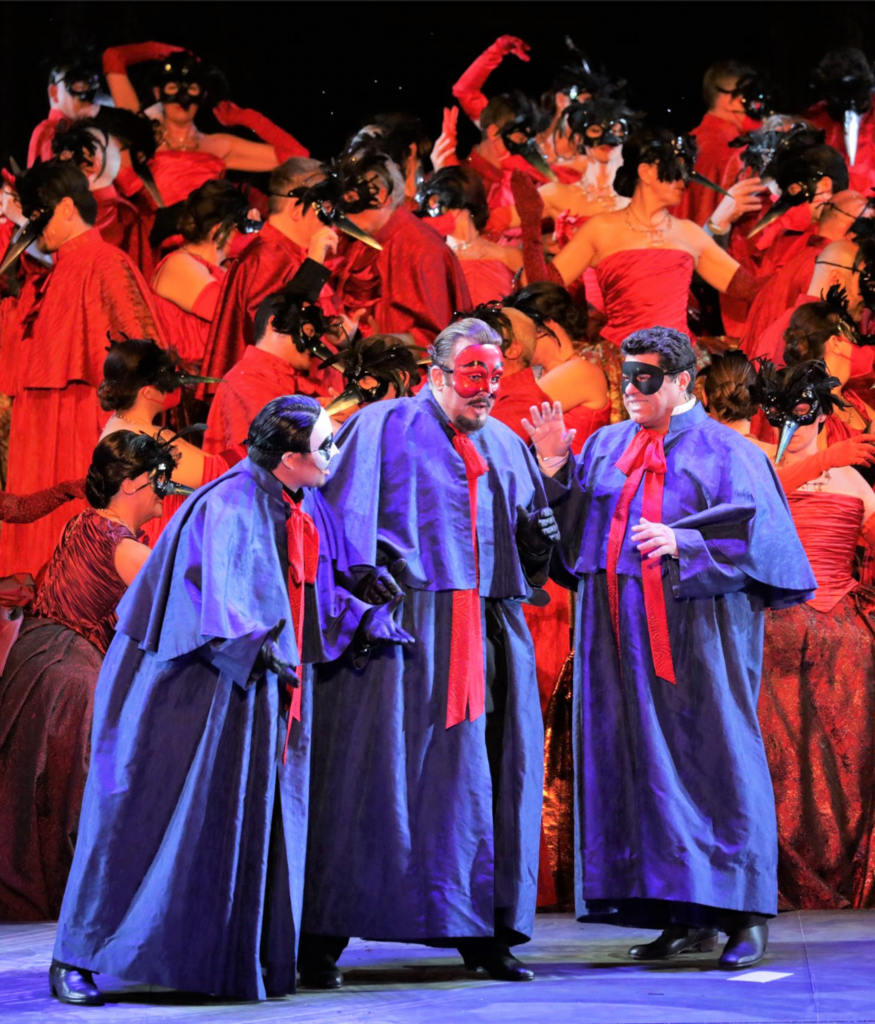
What are your future projects?
«My next commitments will take me to the Rome Opera in June for a “Madama Butterfly” directed by Alex Ollè of Fura dels Baus, born outdoors for Sydney and Caracalla and for the first time at the Costanzi, and then at the Regio of Turin immediately after, again with a Butterfly but directed by Damiano Michieletto. Then there will be a new production at La Scala in October 2023. It is a rare opera entitled “L’amore dei tre re” by Montemezzi, again directed by Alex Ollè and incredible scenes by Alfons Flores, of which I cannot anticipate nothing, but it will be something never seen before».
